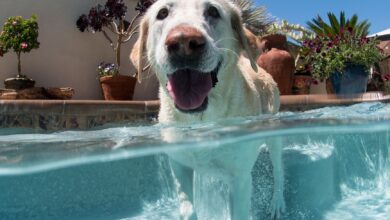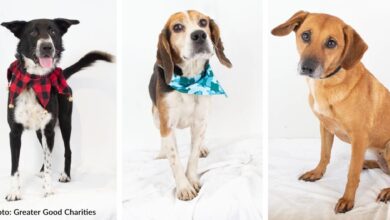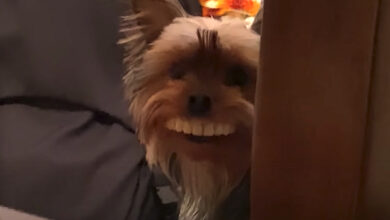7 stunning variations with images
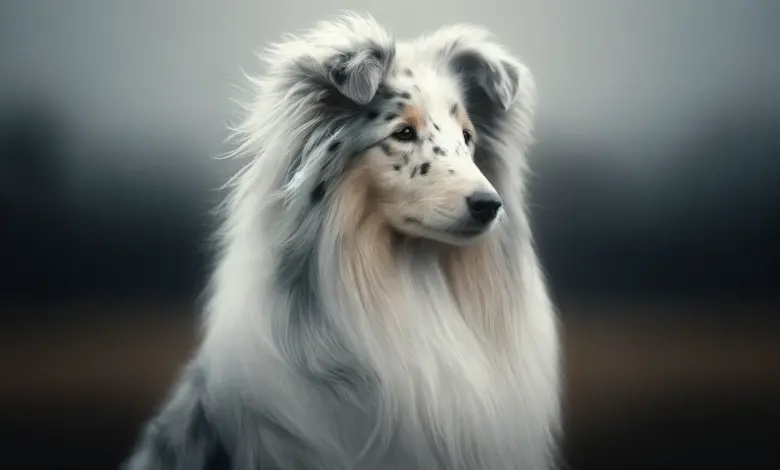
Collies are famous for their striking appearance and expressive eyes, making them one of the most popular dog breeds. Although often recognized for their roles in film and television, their coats come in a variety of beautiful colors and patterns, contributing significantly to their visual appeal and breed standards. From classic sable and white to striking blue, each color variation holds a special place within the Collie breed. This article explores seven beautiful color variations of Collies, delving into the details of each to understand what makes them so unique and charming. Whether you are a potential Collie owner or simply an admirer, these colors demonstrate the incredible diversity of the breed.
1. Sable & White
![]()
The Sable & White Collie is perhaps the most iconic color variation, typified by the famous “Lassie”. This color features a predominantly sable coat, ranging in color from light blonde to deep mahogany, beautifully accented with white markings on the neck, chest, legs and tip of the tail. Sable & White Collies often have full, lush manes and tails that highlight rich color variations as they move. The popularity of this variation is due not only to its classic beauty but also to its frequent appearances in the media, which reinforces its status as a quintessential Collie color.
2. Three colors

Tricolor Collies are marked in black, white and tan. The main coat color is black, with white markings similar to those in the Sable & White, and dark tan markings often appearing above the eyes, on the cheeks and sometimes on the legs. The striking contrast between black and white gives a bold, regal look, while brown accents add depth and warmth to the overall look. Tricolor is prized for its dramatic effects and is a staple of Collie shows for its sharpness and clarity.
3. Blue Merle

Blue Merle Collies are truly a sight to behold, with blue markings interspersed with grey, black and sometimes tan markings. Each Blue Merle Collie’s coat is unique, often resembling a marbled or spotted pattern to ensure no two coats are identical. This variation is especially eye-catching because the striking blue color seems to shimmer in different lights. It is a popular choice for those looking for a Collie with a distinctive and unusual appearance, although it requires careful breeding methods to maintain healthy genetics.
4. White

Although less common, the White Collie is a refined variation. These Collies are mostly white, with only a little sable, tricolor or blue markings on the head and sometimes on the body. The white coat creates a space that highlights the breed’s expressive almond-shaped eyes and elegant physique. White Collies are often sought after for their angelic appearance, but they require regular grooming to maintain the shine of their pristine coat.
5. Sable Merle
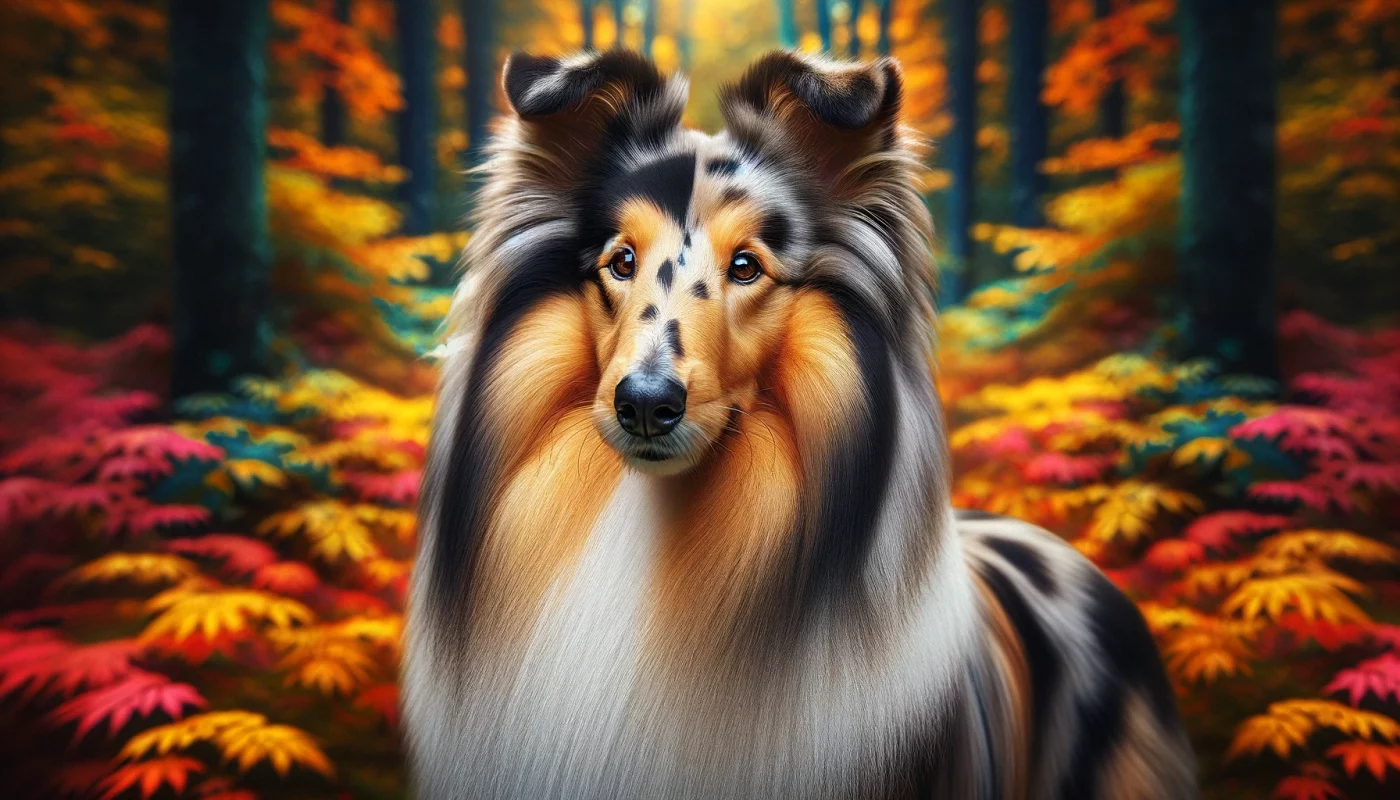
Sable Merle Collies have a sable base with a merle pattern, creating a matte, marble-like appearance on parts of the body. This can include a series of lighter patches that blend perfectly with a darker base. Sable Merles are especially attractive because their appearance can vary widely, some with distinct markings and others with more subtle expression of the merle gene. This color variation represents a delicate balance between traditional sable and more dramatic merle, offering a softer alternative to blue Merle.
6. Double Merle

The Double Merle, also known as the “deadly white”, is the result of breeding two merle-colored dogs together. It is characterized by a predominantly white coat with some colored markings. Double Merles often face a higher risk of health problems, including vision and hearing impairment. This color variation is controversial due to its potential to cause these health problems, and ethical breeders are very cautious about breeding practices that may result in the creation of Double Merle dogs. . Awareness of this variation serves as an important reminder of breeders’ responsibility to protect the health and welfare of the breed.
7. Bi-Green
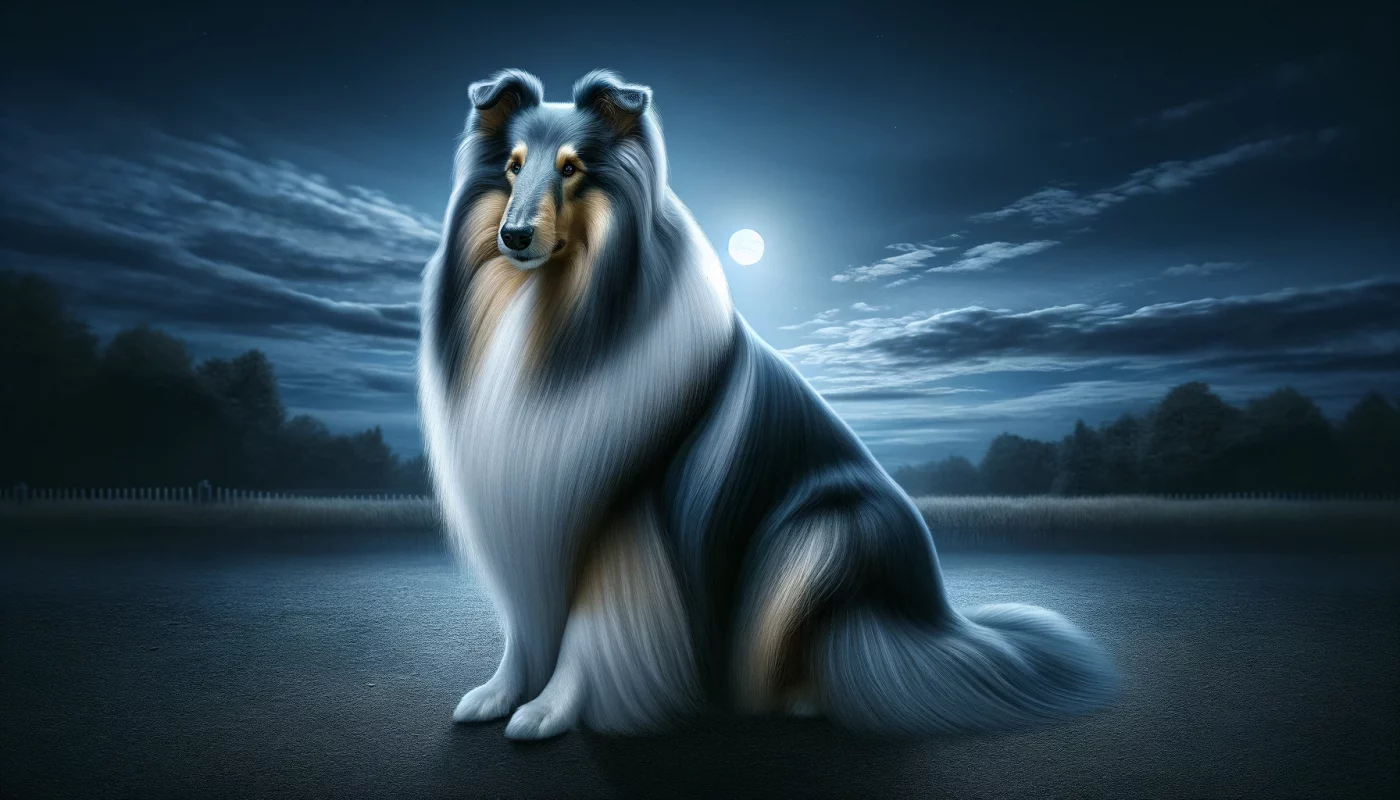
Bi-Blue Collies are similar to Blue Merles but do not have tan markings, only blue, white and black. This gives them a cooler, more uniform appearance that is both rare and beautiful. The lack of tans can make blue and gray patterns stand out more, resulting in a spectacular display of color that is subtle yet striking. The Bi-Blue is highly prized by Collie enthusiasts for its rarity and the unique aesthetic it brings to the breed.
In short, Collies are not only versatile in function and personality but also come in a variety of beautiful coat colors. Each color variation has its own set of characteristics that can appeal to different preferences and lifestyles. From the traditional beauty of Sable & White to the rare and ethereal Bi-Blue, Collies offer a diverse color palette that enhances their appeal and showcases their exceptional elegance. Whether in the home or on display, these colors make the Collie a popular breed for both its appearance and spiritual charm.
Frequently Asked Questions About German Shepherd Colors
1. What is the standard coat color of Collies?
Collies come in four standard coat colors: Sable & White, Tricolor, Blue Merle and White. Sable & White Collies have a predominantly sable coat (ranging from light blonde to dark mahogany) with white markings. Tricolor Collies have a predominantly black coat with white areas and tan markings on the face and legs. Blue Merle Collies are especially striking, displaying a mottled mix of blue, gray and black, often with tan markings. White Collies, although less common, are primarily white with some sable, tricolor or blue markings, usually on the head.
2. How does a Collie’s color affect its showing potential?
In the show ring, Collies are judged against breed standards, which accept all major color variations: Sable & White, Tricolor, Blue Merle and White. Each color is evaluated equally, as long as it meets the breed’s specific criteria for quality and style. For example, the clarity and distribution of the merle pattern in Blue Merles or the richness of the sable color in Sable & Whites can impact the rating. However, the dog’s overall conformation, movement and temperament are more important factors in its success in the show ring than coat color alone.
3. Can a Collie’s color change as it grows older?
Yes, Collie puppies can experience changes in coat color as they mature. Sable puppies may become darker or lighter as they grow, with the color becoming more intense or expanding. Blue Merle Collies may notice differences in the clarity and spread of their Merle markings. The tricolor usually retains the black color but the depth and location of the tan can be adjusted slightly. It is also not uncommon for the amount of white to become more apparent as the dog ages.
4. What genetic factors affect the color of Collie dogs?
A Collie’s coat color is influenced by a combination of genetic factors. The main gene responsible for sable color is dominant over other colors. The merle pattern, seen in Blue Merles, is caused by another gene that dilutes the base color, creating a mottled effect. Genetics also dictate the presence and distribution of white patches as well as the appearance of tan spots in the tricolor. Breeders often use genetic testing to predict a puppy’s potential color and avoid health problems associated with certain color genes, such as the double merle gene.
5. Are there any health concerns associated with certain Collie colors?
Yes, there are specific health concerns associated with certain Collie colors, especially with the merle pattern. Dogs that inherit the merle gene from both parents (double merles) are at greater risk of hearing and vision impairment, including deafness and blindness. This is why responsible breeding is essential to avoid creating double puppies. On the other hand, color alone in Collies usually does not contribute to health problems.
6. What is the rarest Collie color?
The rarest Collie color is the White Collie, characterized by a predominantly white coat with only a few patches of other colors, typically on the head. This color variation is less common because it is the result of a specific genetic combination that limits pigmentation in the feathers. Although striking, white is perfectly acceptable within the breed standard, although it is less visible than other primary colors.
7. Do lighter colored Collies need more grooming?
Although grooming requirements for Collies are generally consistent regardless of coat color, Collies of lighter colors, such as Whites and Blue Merles with deep white coloring, may require more frequent brushing to maintain their coat. maintain the brightness of the plumage. White coats can collect dirt and stains more easily than darker coats, requiring more frequent bathing to keep the coat clean and vibrant. Regardless of color, all Collies benefit from regular grooming to control shedding and prevent shedding.
8. How do environmental factors affect the color of Collie?
Environmental factors do not usually influence the genetic expression of coat color in Collies, but exposure to sunlight can sometimes lighten coat color, especially in darker-colored Collies such as sables and tricolor. Prolonged sun exposure can cause a bleaching effect, especially during the summer months or in sunny climates, which subtly changes the intensity of coat color. Adequate care and protection from excessive sun exposure can help maintain the vibrancy of the original color.
9. Can a Collie’s coat color predict its temperament?
No, a Collie’s coat color has no effect on its temperament. Collies are generally known for their friendly, intelligent and responsive nature, traits that are consistent across all color variations. Temperament is influenced more by genetics, upbringing and training than coat color. Prospective Collie owners should focus on the dog’s health, temperament, and its level of socialization, rather than color, when choosing a pet.
10. Are certain Collie colors more popular than others?
While all Collie colors are prized by enthusiasts, the Sable & White color tends to be the most popular, largely due to its association with “Lassie,” the film and television star famous. This popularity is reflected in higher demand for Sable & White puppies in many areas. However, all Collie colors have their admirers and variations such as the striking Blue Merle are also highly sought after for their unique beauty.


